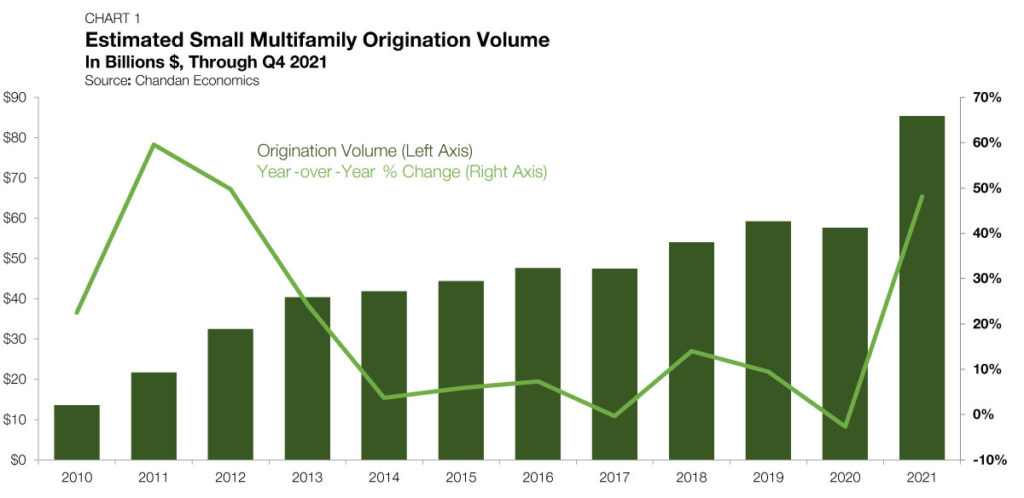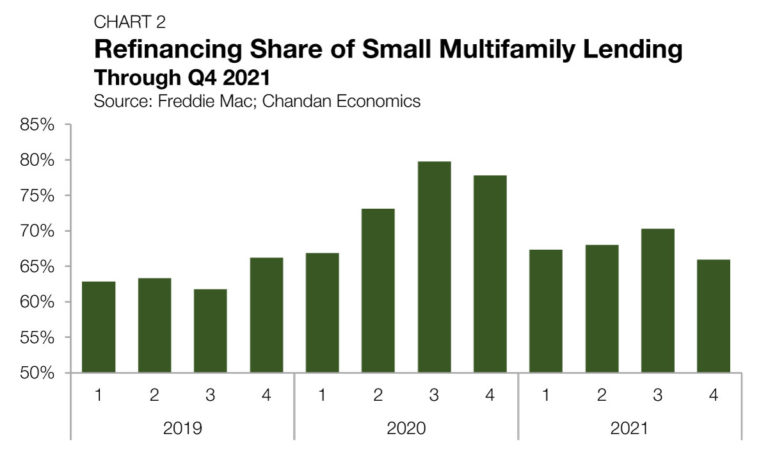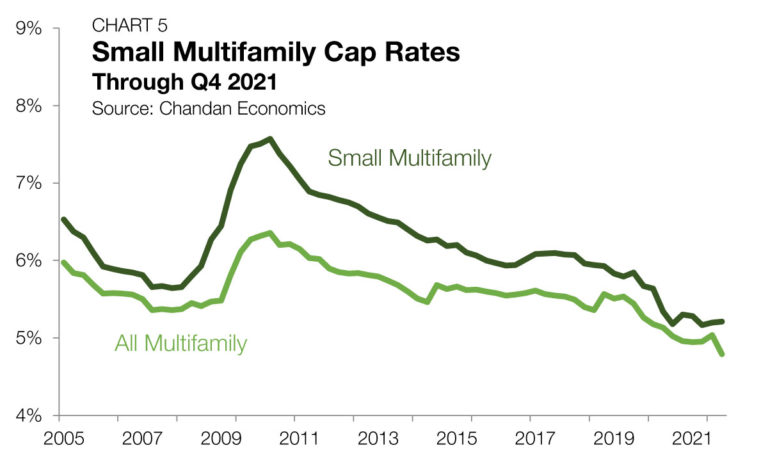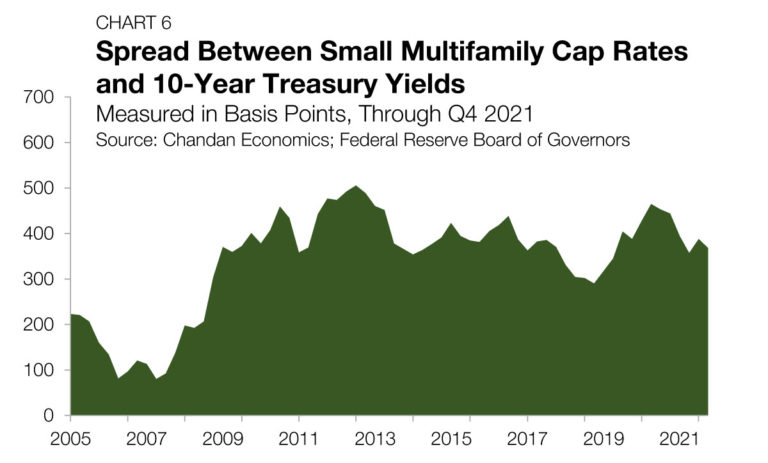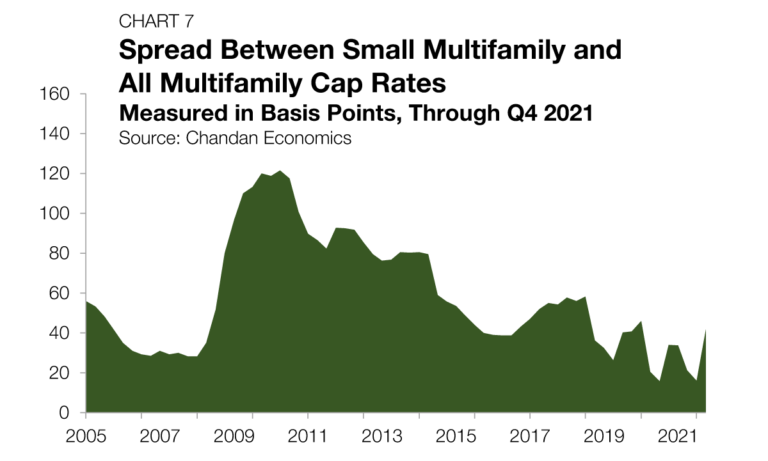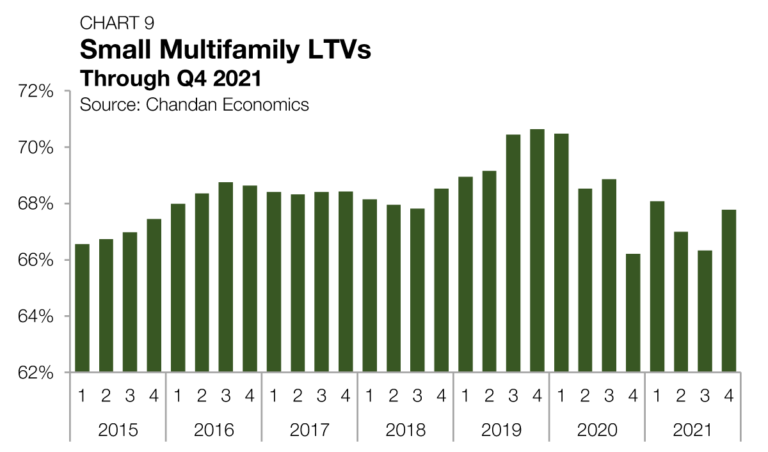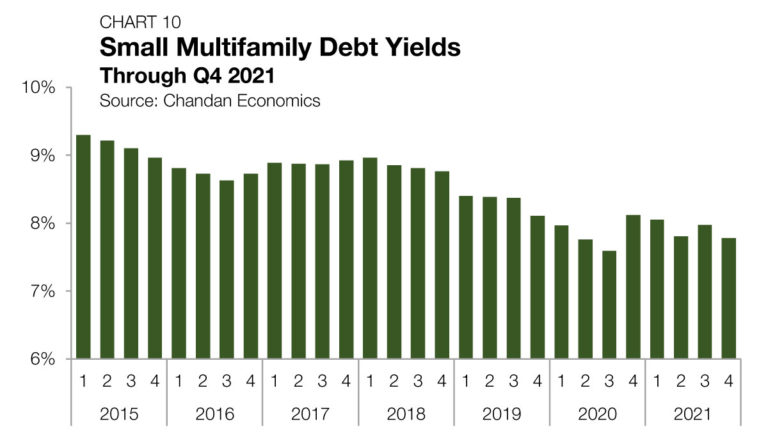Current Reports
The single-family rental (SFR) sector once again demonstrated strength and durability last quarter amid a general softening of the for-sale home market. Arbor Realty Trust’s Single-Family Rental Investment Trends Report Q4 2025, developed in partnership with Chandan Economics, leverages first-class data analysis to show why SFR’s investment return profile has grown more attractive in the last year.
Articles
Low-Income Housing Tax Credit (LIHTC) allocations are about to grow following funding extensions included in the One Big Beautiful Bill Act (OBBBA), signed into law in July. With market-based borrowing costs also declining, the affordable rental sector could be on the verge of its most accommodative financing environment in years.
Articles
In this new video, Dr. Sam Chandan, one of the commercial real estate industry’s leading scholars, shares his expert insight on Arbor Realty Trust’s latest Special Report, developed in partnership with Chandan Economics.
Analysis
The long-term outlook for small multifamily remains decisively positive, supported by attractive pricing and strong demand for market-rate housing.
Articles
Rental housing’s long-term investment outlook remains head and shoulders above its peers, driven by structural supply constraints and steady demand growth, finds the 2026 Emerging Trends in Real Estate report. Explore this trend and other key takeaways from the 47th edition of Urban Land Institute (ULI) and PwC’s influential industry report.
Articles
Small multifamily assets have begun to settle into a consistent pattern of growth following two years of price corrections. Building on the findings of Arbor Realty Trust’s Small Multifamily Investment Trends Report Q4 2025, our research teams look more closely at recent pricing trends and the factors driving the turnaround.
Articles
The Federal Housing Finance Agency (FHFA) announced a $30 billion boost to Fannie Mae and Freddie Mac’s volume cap for loan purchases in 2026 to $176 billion ($88 billion for each agency). This increase in FHFA loan caps for 2026 aligns with industry expectations, given the anticipation of improving market conditions and lending activity expected in a lower interest rate environment. Next year’s cap for the Government-Sponsored Entities (GSEs) is an increase of approximately 20% from the $146 billion limit set for 2025.



